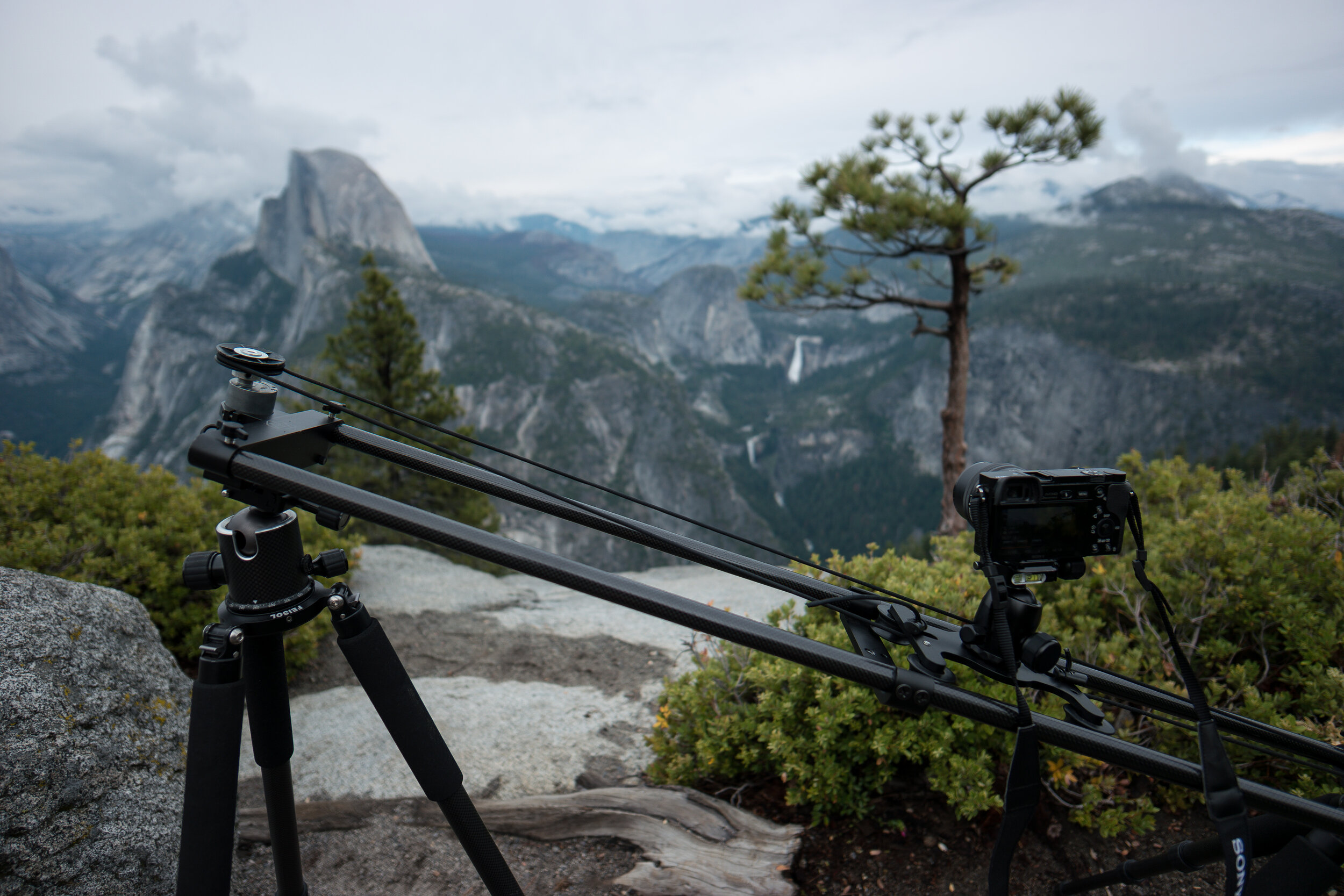How NFTs Could Impact Designers
I don’t know a lot about NFTs. If you are reading this in May 2021, you probably don’t know a lot about NFTs either. In fact, most people in the world should be considered novices when it comes to NFTs. Why? NFTs are new. But will they become commonplace?
NFTs, or Non-Fungible Tokens, are a relatively new technology that leverages the blockchain for publicly authorizing official transfers of products (both digital and physical) between people so everyone else knows who owns what. The “non-fungible” adjective is suggestive of the idea that these tokens can’t be exchanged for similar products and can’t be subdivided. You and I can exchange the dollar bills in each of our pockets without either one of us caring (money is fungible). Your dollar is indistinguishable from my dollar. But we can’t exchange two different original songs in our pocket (artwork is not really fungible if only one original copy exists). Our two songs are distinguishable and are therefore non-fungible.
So far, it’s apparent NFTs are, at a minimum, used as status symbols as wealthy or attention-seeking individuals pay millions to “own” a video, a song, an image, or even a gif, and then make sure the world knows it. For example, recently, a popular YouTube video titled “Charlie Bit My Finger” was sold as an NFT for more than $760,000. The new owner can now share (or not share) it with whoever they want. If you didn’t get to see that video, you might never get to now. It essentially became a digital collectible of the new owner. Another example is the very first Tweet by Jack Dorsey. Apparently, somebody wanted it and paid millions of dollars to call it their own. These early adopters of what some think is a crazy, ridiculous, or stupid technology, are, nevertheless, still needed before the rest of the world can assess, modify, and potentially adopt or reject the technology outright.
Thus, NFTs currently find themselves on the left side of the hype cycle (discussed previously on the BYU Design Review LINK). NFTs are rising quickly as a brand new technology to the peak of inflated expectations. This is a classic trajectory through the first half of the hype cycle.
The question remains, have we already turned the corner and are approaching the Trough of Disillusionment? Or are we already past that valley? Will the world find a common and beneficial use for NFTs?
My interest in NFTs is not in their current operation or implementation but in how major adjustments to the concept might benefit designers, engineers, and inventors in the future.
Let me share just a few ideas.
Among the various reasons, the applying and awarding of patents to individuals and companies is so that innovation can flourish and society can progress technologically. Although the patentee has exclusive rights to sell and profit from their invention for a certain time frame, the public disclosure of this advancement can help others build upon it or at least be inspired with new ways of thinking. This can help everyone. Why would we not all want to learn of an inventor’s new discovery of making cars more efficient or of a material that is stronger but cheaper than steel? When innovations stay private and are locked in vaults, the positive impacts can also remain suppressed or unrealized. In some cases, that may be financially beneficial to the innovators but it can reduce the progress of society at large.
Therefore, perhaps NFTs can evolve into some type of patent, where inventions are claimed in a public forum and financial rewards can still be reaped but the sharing of ideas and content can inspire the next generation of inventors and designers without the multiple-year delay of the patent process. At any time, we would know who owns the content and transactions that leverage the NFT ideas and transfer content smoother and more quickly.
In some ways, this is how the publishing of academic papers may be evolving. Some researchers are considering more open access journals or even self-publishing so that their ideas can reach more people and have a greater impact. Understandably, academic journals want to keep these articles behind closed doors so that they can profit from access subscriptions to this content. But if just one researcher in Mongolia is the right person that can take an idea from one of these papers and develop it further to benefit the earth, we’d likely be supportive of that - if only they could see and read it. An NFT of academic ideas might be attractable in some ways by allowing others to see and build upon the original thought, still with credit being granted to the original researcher. What that looks like and how it works, I’m not sure, but perhaps progress can in some way be accelerated if this market of ideas is set up such that everyone can peruse the market offerings.
Future instantiations of NFTs might allow small, freelance designers and engineers to likewise let their ideas and designs be accessible to others. There are already many websites and platforms where individuals share their designs, art, and CAD models, for example. Just like how artists, both known and unknown, have put their work up for sale through NFTs, design engineers could do the same for certain products. This seems to fall in line with the gig economy which may be a larger part of our future.
Education might also have something to gain from NFTs (or something like it). Can authorized and official transcripts, diplomas, and accredited courses be published on the blockchain? Can these be made to be non-fungible so that fraud and counterfeiting are reduced? Are resumes and portfolios with acceptable disclosures more attractive since they can be authorized and validated by a hiring company? This could help companies better match the position to the right person thereby reducing employee attrition (a continual cost) while simultaneously offering a more satisfying work experience for the employee.
Finally, the sharing of products and ideas could also really save a lot of time and resources. Does everyone on my street need a chain saw? Can we share one? Could I buy and then sell one quickly through a community NFT? Already, a variety of companies have started in recent years that allow people to share their second home or rent tools from each other or borrow recreation vehicles from someone else, etc. NFTs, or at least a modified version of them, might be a way to expand this segment of the economy.
In conclusion, I don’t know if NFTs, the blockchain, and cryptocurrencies, will stick around long enough to become truly useful for everyone but there are some concepts that we can hopefully leverage or modify to make design and engineering that much more acceptable, shareable, and beneficial.
To cite this article:
Salmon, John. “How NFTs Could Impact Designers.” The BYU Design Review, 27 May 2021, https://www.designreview.byu.edu/collections/how-nfts-could-impact-designers.





